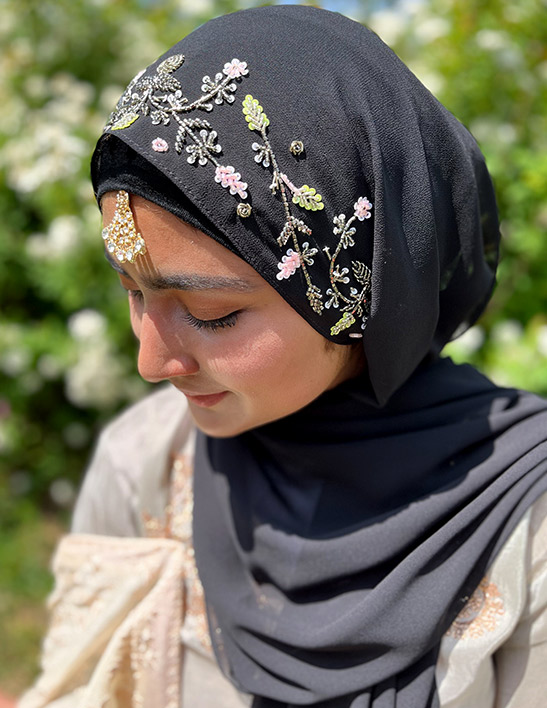
In recent years, the traditional Islamic garment known as the abaya has undergone a significant transformation, reflecting shifting cultural attitudes and fashion trends. One of the most notable adaptations is the emergence of the open abaya, a stylish interpretation that embraces both modesty and contemporary aesthetics. This evolution has sparked discussions about cultural identity, religious expression, and the intersection of tradition with modern fashion.
The abaya, a long, flowing outer garment worn by women in many Islamic cultures, has long been a symbol of modesty and religious observance. Traditionally, abayas were designed to fully cover the body, often in dark colors, with minimal embellishments. However, as fashion evolves and cultural attitudes change, designers and wearers alike have sought ways to reinterpret this traditional garment while staying true to its core principles.
Enter the open abaya—a modern twist on a classic garment. Unlike its traditional counterpart, the open abaya features a front opening, allowing for greater freedom of movement and a more contemporary silhouette. This design innovation has made the abaya more versatile and accessible to women from diverse cultural backgrounds.
One of the defining features of the open abaya is its adaptability. With its simple yet elegant design, the open abaya can be styled in numerous ways to suit various occasions and personal preferences. Whether paired with jeans and a t-shirt for a casual outing or worn over a formal gown for a special event, the open abaya adds a touch of sophistication to any ensemble.
Furthermore, designers have embraced the open abaya as a canvas for creativity and self-expression. From intricate embroidery to delicate lace detailing, modern abaya designs incorporate a wide range of embellishments, textures, and patterns. These artistic flourishes not only enhance the aesthetic appeal of the garment but also celebrate the rich cultural heritage from which it originates.
In addition to its aesthetic appeal, the open abaya serves as a symbol of empowerment for many women. By reimagining traditional garments in a contemporary context, women have the opportunity to express their individuality while honoring their cultural and religious identities. In societies where modesty is highly valued, the open abaya offers a middle ground between tradition and modernity, allowing women to navigate the complexities of identity and fashion with confidence and grace.
Moreover, the popularity of the open abaya extends beyond the Muslim community, attracting attention from fashion enthusiasts and designers worldwide. As fashion becomes increasingly globalized, cultural influences from diverse regions intersect and merge, leading to new and exciting interpretations of traditional garments. The open abaya exemplifies this fusion of cultures, serving as a symbol of inclusivity and cross-cultural dialogue.
In conclusion, the open abaya represents a harmonious blend of tradition and modernity, embodying the timeless values of modesty, elegance, and self-expression. As fashion continues to evolve, the open abaya serves as a reminder of the enduring beauty and cultural significance of traditional garments. Whether worn as a symbol of religious devotion or as a fashion statement, the open abaya holds a special place in the hearts of women around the world, transcending boundaries of culture, religion, and geography.